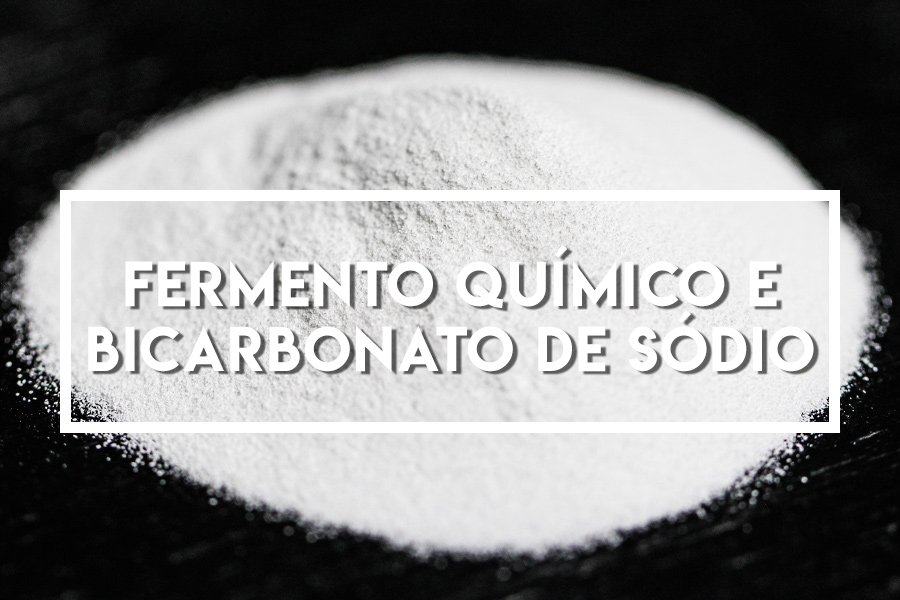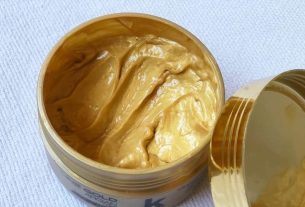From time to time, I get the question: because this recipe does not have yeast. And when I go to confirm, I see that there is bicarbonate. So, the question is: do you know the difference between Chemical Yeast e Sodium bicarbonate?
What is the difference between Chemical Yeast and Sodium Bicarbonate?
The simplest way to answer:
- Sodium bicarbonate: it is literally what the name says, baking soda practically pure. It’s a type of salt, NaHCO3.
- Chemical Yeast: is a mixture of substances, two or more, and generally has Sodium bicarbonate.
Both are used to grow revenue. Generally speaking, this is their main function. But there are secondary actions too.
What is Sodium Bicarbonate?
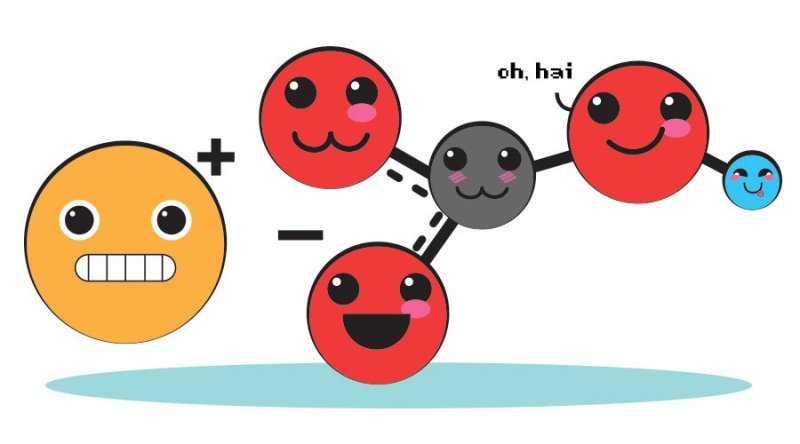

It is a salliterally, is done with sodium (Na+) loses bicarbonate (HCO3-) and has a basic character. It’s worth remembering: salt is a generic term to describe a substance that is made up of ions (cations and anions).
No Brazil, the most common name is sodium bicarbonate. In English, in recipes it is found as baking soda, bread soda, cooking soda, bicarbonate of soda or bicarb soda.
In the kitchen it is used as a growth agent (in English, leavening agent), in other words, it is to make revenue grow. But it is a chemical growthdoes not create a fermentation like biological yeast.
This is possible because bicarbonate is a basic salt, as I said before. For the bicarbonate react and create growth, revenue needs be acidic or have at least one ingredient that leaves the dough with acidic character.
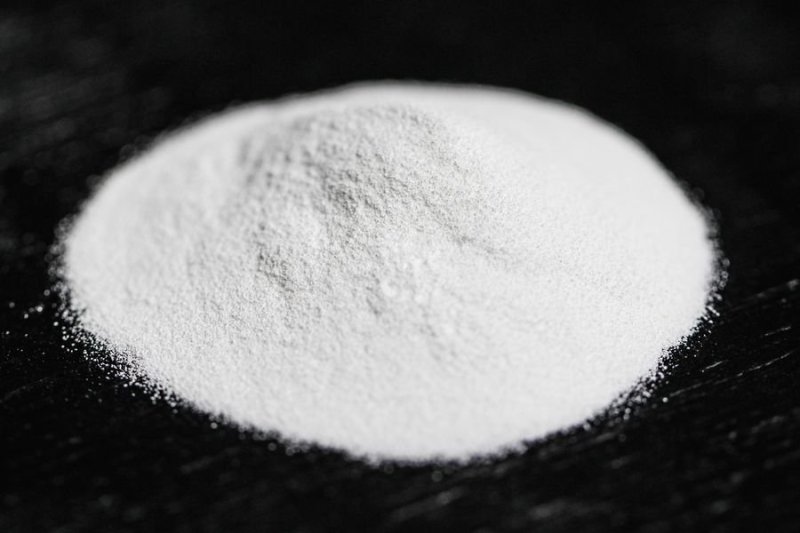

Thus, the bicarbonate can react. The classic happens chemical neutralization reaction when a base e an acid are mixed: water and neutral salt. And in the case of sodium bicarbonate has the production of gas (in this case, carbon dioxide).
Many recipes also call for baking soda to help with the flavor because of its basic character, and not necessarily the rise.
What is Chemical Yeast?
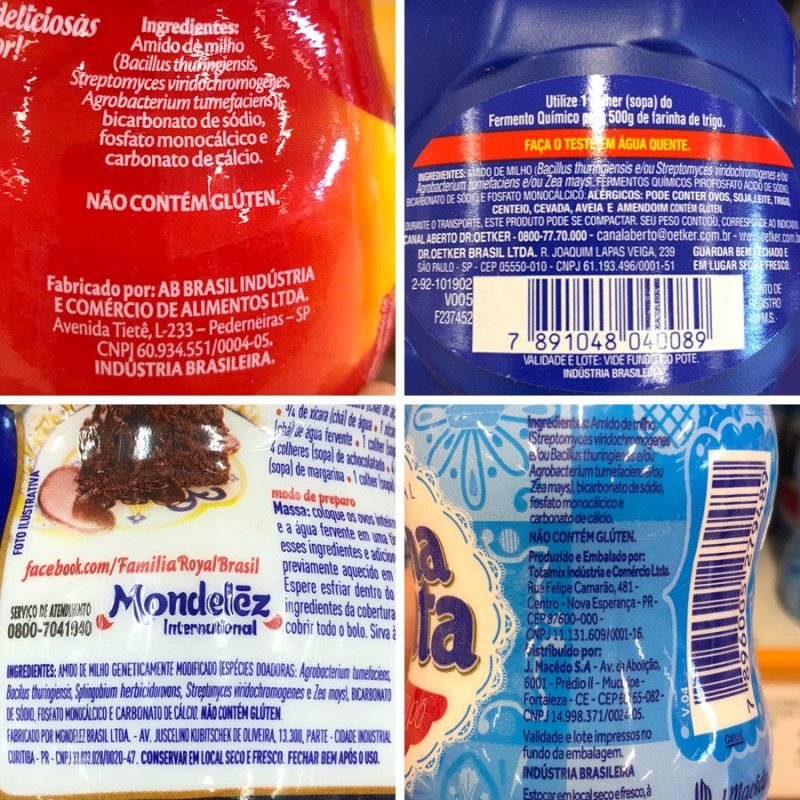

AND a mixture of two or more ingredients. Generally, it has sodium bicarbonate (which is the basic salt) and a acid salt.
The legislation defines it as:
Chemical yeast is the product formed from a substance or mixture of chemical substances that, due to the influence of heat and/or humidity, produces gaseous release capable of expanding doughs made with flour, starch or starch, increasing their volume and porosity. (CNNPA 38/77)
Yeast has the acid salt to ensure it will work regardless of recipe is acidic or not. Even if you don’t add any acidic ingredients or the dough is not acidic, the yeast will work because of the mixture.
Generally, modern yeasts are called double action: start act on time that is added to the recipe, and when go into the oven. However, based on the examples in the photo above, none of the brands have ingredients with this capacity.
That said: the substance sodium acid pyrophosphate present in one of the brands, some references indicate that it would be double-action. It is prolonged or slow release. It will take longer, but it doesn’t necessarily need heat and it depends on the type/variety of the ingredient: some are faster and others are slower.
The composition of the yeast may vary depending on the brand, the vast majority use a mixture of sodium bicarbonate, monocalcium phosphate e calcium carbonate. They may have maize starch to add volume to the product. Find out more about transgenic foods.
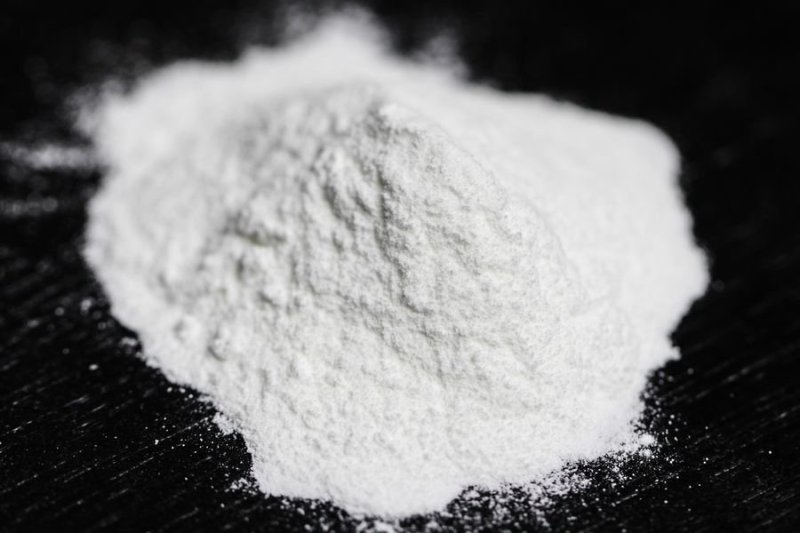

O monocalcium phosphate is an example of acid salt which will react with the bicarbonate e carbonate to produce growth in revenue used.
By legislation, chemical yeast must meet the following criteria: 18g chemical yeast must produce no minimum 1450mL of carbon dioxide under conditions of 25°C and pressure of 700 mm Hg.
Below is a sample of the types of acid salts used and how they are present within the yeast:
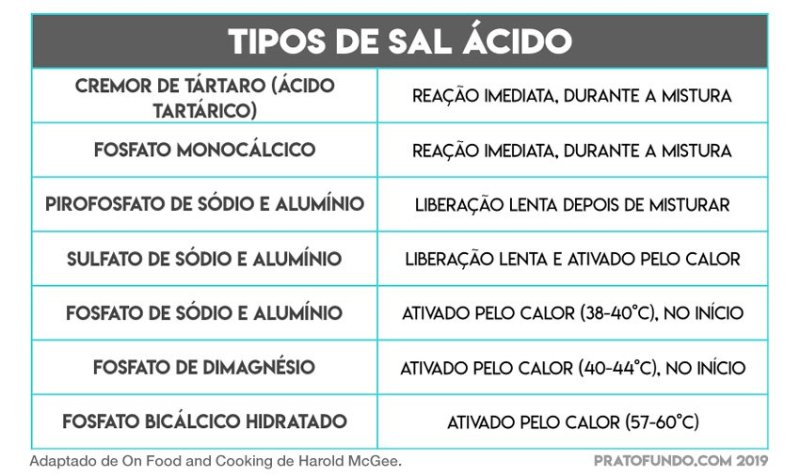
When I use Baking Soda it has a strange taste.
The causes can be diverse, but the most common are: put a lot of bicarbonate. Or the mass it was not acidic enough to react with all the bicarbonate. And in some cases, the dough was not stirred enough to distribute the ingredients correctly.
Another important point, when the bicarbonate is heated it turns into sodium carbonate which has a characteristic taste and flavor, generally, it can be bitter taste and a metallic/soapy taste.
So, if there was more bicarbonate than the ideal, what was left was transformed into sodium carbonate and left the recipe with a strange taste.
Can I swap yeast for bicarbonate and vice versa?
I guess we can say no, right? It depends.
You can replace the bicarbonate by yeast. But change the yeast by bicarbonateis no longer a good idea.
O bicarbonate need ideal conditions in the recipe to work, and if the recipe calls for yeast, there are high chances that conditions are not the best for bicarbonate.
Products such as yogurt, buttermilkbrown sugar, coffee, honey, raw cocoa and vinegar are examples of ingredients that have a acidic character that influence the acidity of the dough/recipe.
And some recipes may call for using as much Yeast e Bicarbonate. This could be for several reasons, be it to alter the flavor, change the pH of the recipe, or help with the Maillard reaction (which also gives the golden color and roast aroma).
Can I mix Vinegar directly into the Yeast or Bicarbonate?
As I always say, you can do what you want, the recipe is yours. But not. Don’t do that!
When mixing directly be the yeast or bicarbonate with vinegar, you made the Neutralization Reaction (which I already mentioned) at that time, it already bubbled and released carbon dioxide that would make revenue grow.
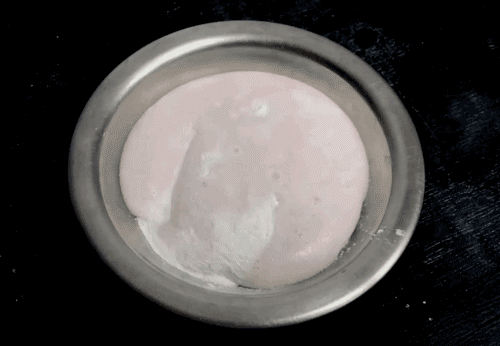

The remaining mixture is basically water it is a neutral salt formed by the reaction. Which will not have any practical action in the recipe. This step is very common in recipes. bolo Red Velvet (see Red Velvet Cake) and it doesn’t make any sense chemically.
My suggestion is: mix the vinegar into the dough with the other ingredients, and then add the yeast or bicarbonate. Or the opposite, mix the yeast/bicarbonate into the dough and then the vinegar.
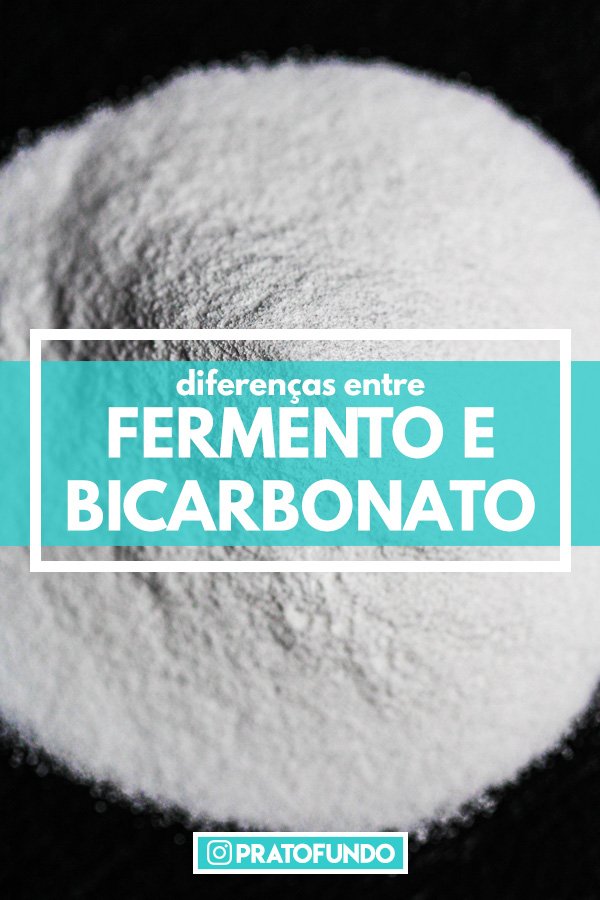

Sign up for our newsletter and stay up to date with exclusive news
that can transform your routine!
Warning: Undefined array key "title" in /home/storelat/public_html/wp-content/plugins/link-whisper-premium/templates/frontend/related-posts.php on line 12
Warning: Undefined array key "title_tag" in /home/storelat/public_html/wp-content/plugins/link-whisper-premium/templates/frontend/related-posts.php on line 13

